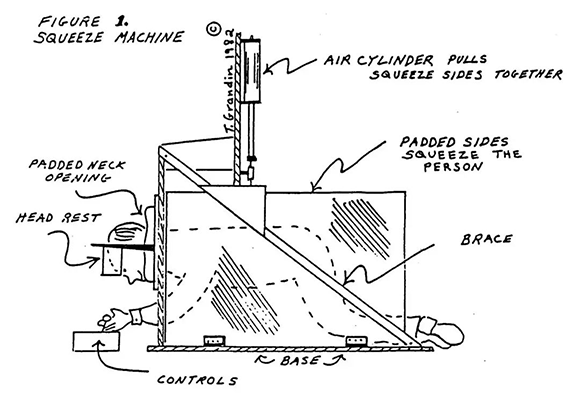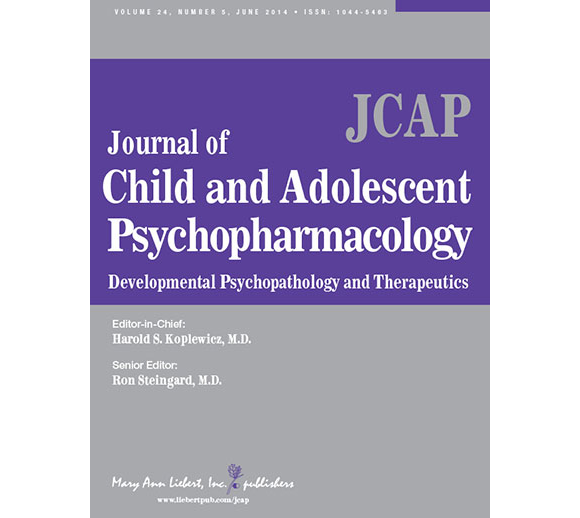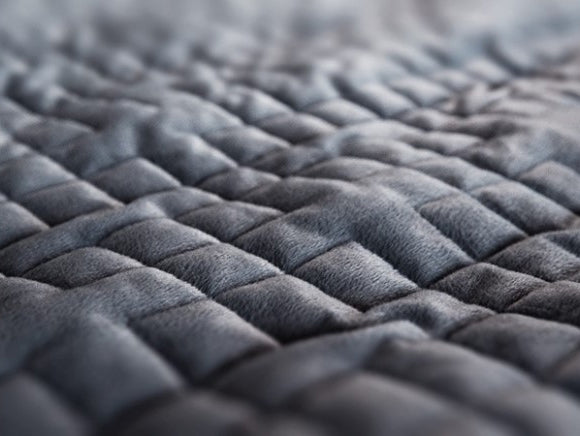DPT Techniques and Benefits

We all need a "hug".
Deep pressure touch (DPT) is a therapeutic technique involving the application of firm, consistent pressure to the body. It is commonly used to help individuals with sensory processing issues, anxiety, and certain developmental disorders like autism spectrum disorder (ASD). DPT can be administered through methods like weighted blankets, vests, or manual techniques like firm hugs or massages.
The principle behind DPT is that sustained pressure can activate the parasympathetic nervous system, promoting a sense of calm and reducing stress. This type of touch can help regulate the nervous system, making it particularly effective for those who experience sensory overload or have difficulties with sensory integration. The calming effect is often attributed to the release of neurotransmitters like serotonin and dopamine.
DPT is widely used in occupational therapy and is part of sensory integration therapies, especially for individuals who benefit from tactile sensory input.
Understanding Deep Pressure Touch (DPT) and Its Benefits

Deep Pressure Touch (DPT)
is a therapeutic method that applies firm, consistent pressure to the body, helping to calm the nervous system and improve sensory processing. This technique is widely recognized for its effectiveness in reducing anxiety, promoting relaxation, and enhancing focus, especially in individuals with sensory processing disorders, autism spectrum disorder (ASD), and ADHD.

Hug machine
Some of the earliest research into the form of deep-touch pressure
that weighted blankets use took place in 1992, when an American scientist with autism, Temple Grandin, invented the Hug Machine and used it to study the calming effects of deep-touch pressure in patients with autistic disorder.
How Does Deep Pressure Touch Work?
DPT activates the parasympathetic nervous system, which is responsible for the body’s “rest and digest” response. This soothing effect is achieved by applying gentle but firm pressure using tools like weighted blankets, compression vests, or through physical techniques such as hugs and massages. The pressure stimulates the release of serotonin and dopamine—neurotransmitters associated with happiness and well-being—while reducing cortisol, the hormone linked to stress.

Who Can Benefit from DPT?
Deep Pressure Touch is particularly beneficial for individuals who experience sensory overload, anxiety, or difficulty with emotional regulation. It’s commonly used in occupational therapy, especially for children and adults with ASD, ADHD, and other neurodevelopmental conditions. The consistent pressure helps individuals feel grounded, safe, and better able to focus.
Applications of DPT in Therapy
DPT is often integrated into sensory integration therapy and is customized to meet individual needs. Tools like weighted blankets, compression garments, or even specific massage techniques are used based on the person’s preferences and therapeutic goals.


Why Choose DPT?
Incorporating DPT into daily routines or therapeutic sessions can lead to improved mood, better sleep, and enhanced sensory processing. It is a non-invasive, natural approach that supports overall well-being by reducing stress and enhancing emotional balance.
By understanding the power of deep pressure touch, individuals and caregivers can better manage sensory challenges and promote a more balanced and calming environment.